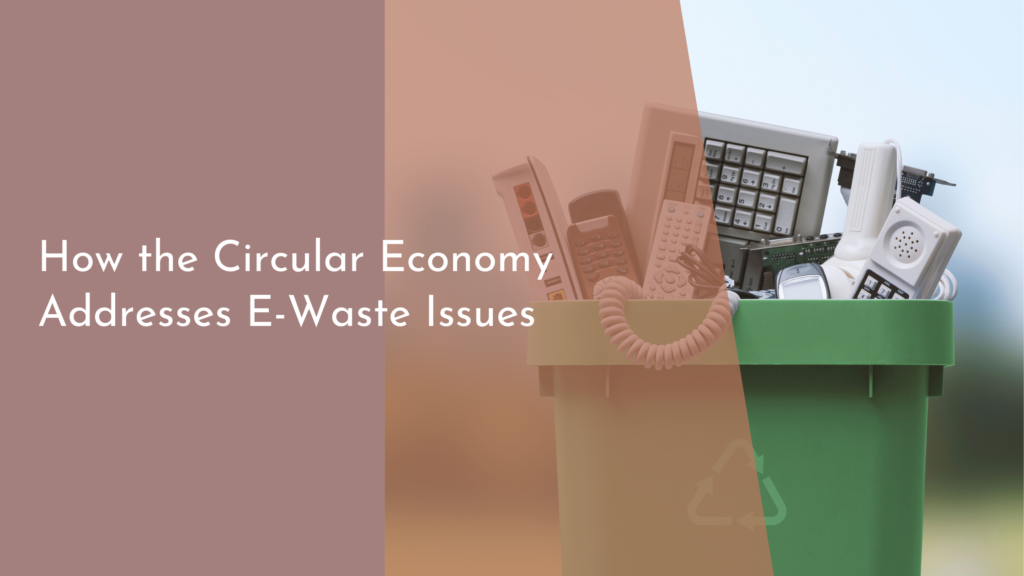Floating Cities: Marine Restoration Through Sustainable Design
As the world’s population continues to grow and urban areas become increasingly congested, innovative solutions are being sought to address the challenges of urbanization, environmental degradation, and climate change. One such solution gaining traction is the concept of floating cities. These buoyant urban environments not only offer a unique approach to living but also hold the potential to restore marine ecosystems while providing sustainable habitats for human life. By merging cutting-edge design with ecological awareness, floating cities could pave the way for a healthier planet.
Floating cities are envisioned as self-sustaining communities that float on bodies of water, whether oceans, lakes, or rivers. The idea is rooted in the necessity to adapt to rising sea levels and diminishing land resources, while also prioritizing the health of marine environments. By creating urban spaces that coexist harmoniously with aquatic ecosystems, floating cities can serve as a model for how human habitation can positively impact marine health rather than detract from it. This concept invites us to rethink our relationship with water and explore how urban development can be both innovative and ecologically sound.
Exploring the Concept of Floating Cities for Marine Health
Floating cities are designed to be resilient and adaptive, responding to the challenges posed by climate change and urbanization. These structures are often built using sustainable materials and technologies that minimize their ecological footprint. By floating on water, they reduce the pressure on land-based resources and offer a new way to expand urban spaces without encroaching on valuable terrestrial ecosystems. This innovative approach can help alleviate the strain on coastal areas while providing a platform for marine restoration initiatives.
Moreover, floating cities can be strategically located to support marine biodiversity. By integrating artificial reefs and underwater gardens into their design, these urban spaces can enhance marine habitats and promote the recovery of fish populations and other aquatic life. This symbiotic relationship between floating cities and the ocean not only fosters a healthier marine environment but also provides residents with direct access to nature, encouraging a deeper appreciation for the oceans and their critical role in our ecosystem.
Innovative Designs That Promote Sustainability at Sea
The design of floating cities is characterized by its emphasis on sustainability and innovation. Architects and urban planners are exploring a variety of eco-friendly materials and construction techniques that minimize environmental impact. For example, many floating city designs incorporate renewable energy sources such as solar panels and wind turbines, ensuring that these communities can thrive without relying on fossil fuels. Additionally, advanced water filtration and waste management systems are integral to maintaining the health of both the residents and the surrounding marine environment.
Another exciting aspect of floating city design is the incorporation of vertical gardens and aquaponics systems, which allow residents to grow their own food while simultaneously supporting local biodiversity. These innovative agricultural practices can help reduce the carbon footprint associated with food transportation and promote self-sufficiency within the community. By intertwining nature with urban living, floating cities can create a harmonious balance that not only sustains human life but also nurtures the marine ecosystems they inhabit.
Benefits of Floating Cities for Marine Restoration Efforts
Floating cities have the potential to play a crucial role in marine restoration efforts by serving as research hubs for scientists and conservationists. These urban environments can provide a platform for studying marine ecosystems, monitoring biodiversity, and testing new restoration techniques. The close proximity to the ocean allows for real-time data collection and experimentation, facilitating a deeper understanding of how human activities impact marine life and how we can mitigate these effects.
Furthermore, floating cities can actively contribute to restoration initiatives by incorporating features such as coral nurseries and marine sanctuaries. These dedicated spaces can help rehabilitate damaged ecosystems and promote the growth of essential marine species. By fostering a culture of environmental stewardship, floating cities can inspire individuals to engage in conservation efforts, ultimately leading to a more sustainable and resilient marine environment.
How Floating Cities Can Inspire Future Urban Development
The concept of floating cities is not just a novel idea; it represents a paradigm shift in how we think about urban development in the face of climate change. As cities around the world grapple with the effects of rising sea levels and extreme weather events, floating cities offer a glimpse into a future where urban spaces can adapt and thrive in harmony with nature. This innovative approach encourages other urban planners and architects to consider alternative designs that prioritize sustainability and resilience.
Moreover, the success of floating cities could inspire a global movement toward more sustainable urban practices. By showcasing the benefits of integrating marine health into city planning, these floating communities can serve as a model for other cities to follow. As we envision a future where urban development is inextricably linked to environmental preservation, floating cities may very well lead the way in creating a more sustainable and interconnected world.
In conclusion, floating cities represent an exciting frontier in sustainable urban development, offering a unique solution to the challenges posed by climate change and urbanization. By prioritizing marine health and integrating innovative designs, these buoyant communities can foster a new way of life that harmonizes human habitation with the natural world. As we continue to explore the possibilities of floating cities, we are reminded of our collective responsibility to protect and restore our planet’s precious marine ecosystems. The future of urban living may very well float on the waves of sustainability, inspiring generations to come.

